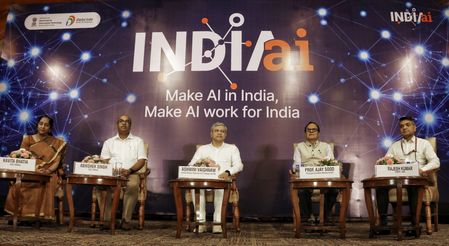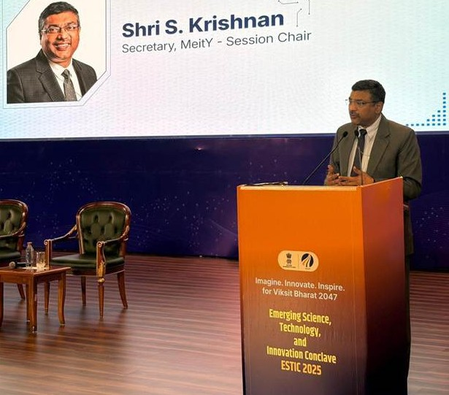
New Delhi, Feb 19 (IANS) Salaries in India are projected to rise by 9.2 per cent in 2025, and manufacturing sector and global capability centres (GCCs) are likely to have the highest pay increases, according to a new report on Wednesday.
This is a slight decline from the increase of 9.3 per cent in 2024, amid the ongoing global uncertainty and softening growth. Salary increments in the country are expected to stabilise in 2025, according to Aon’s annual ‘Salary Increase and Turnover Survey 2024-25 India’.
The slight decline in India indicates a trend of declining salary increments since 2022 when companies provided 10.6 per cent salary increases influenced by the ‘Great Resignation’.
Salary increments are also projected to vary across industries with engineering design services and auto/vehicle manufacturing budgeting for the highest salary increases. followed by nonbanking financial companies, retail, global capability centres and life sciences.
Despite external uncertainties, India’s economic prospects remain stable, with rural demand improving and private consumption maintaining momentum, said Roopank Chaudhary, partner and rewards consulting leader for Talent Solutions for India at Aon.
The study analysed data from over 1,400 companies across 45 industries.
The downward trend in projected salary increases could be in response to external factors like the geopolitical and economic developments, the potential impact of US trade policies, conflict in the Middle East and the explosive pace of generative AI advancements.
“The sector-wise increment trends for 2025 reflect prudence and adaptability as companies balance market challenges and the need to attract and retain talent across sectors,” Chaudhary mentioned.
The study also revealed that overall attrition rates declined to 17.7 per cent in 2024 from a high of 18.7 per cent in 2023 and 21.4 per cent in 2022, indicating the availability of a larger talent pool post the ‘Great Resignation’.
This stability in talent availability is an outcome of increased labour force participation despite a rise in self-employment and entrepreneurial activity, which presents an opportune time for companies to focus on strategic workforce skilling, reskilling and institutional support.
–IANS
na/




